Nature’s bounty in Niigata
A visit to Satoyama Jujo reveals magnificent nature and eye-opening cuisine
A TOKYO MAGAZINE EDITOR TIRED of city life. A chef trying to find her niche and her life’s calling. Their paths crossed in 2014, and the result is the Michelin-starred restaurant Sanaburi in the equally acclaimed Satoyama Jujo – a tranquil getaway deep in Niigata’s mountain ranges.
It’s not hard to see why this once-crumbling, 150-year-old inn set amid forests and rice paddies on the outskirts of Minami-Uonuma city first attracted Toru Iwasa, whose design and lifestyle publishing company was based in Tokyo at the time. His magazine, Jiyujin, was devoted to holistic food and living, but putting up with city stress daily seemed totally at odds with his editorial direction.
So he took the drastic step of moving his entire office to Minami-Uonuma, where a friend had offered him the option on the house that would become Satoyama Jujo. The property looks every inch a traditional ryokan on the outside, but within are contemporary, minimalist rooms and artworks by Japanese artists.
With a name meaning “10 stories of the mountain village”, Satoyama Jujo is a world away from city living. This is especially so in winter, when the region’s heavy snow piles up around the lodge, leaving the wooden structure just barely visible above a blanket of white.
Luxury retreat
A comfortable two-hour shinkansen ride from Tokyo to Echigo-Yuzawa, followed by a local train trip to Osawa station, Satoyama Jujo is an eclectic blend of Japanese history and Scandinavian style. Pitched at the luxury segment, it costs upwards of S$1,000 a night for a room, inclusive of dinner and breakfast.
While it was Sanaburi that drew us here in mid-winter January, the snowy landscape and the chic surroundings make it a complete package.
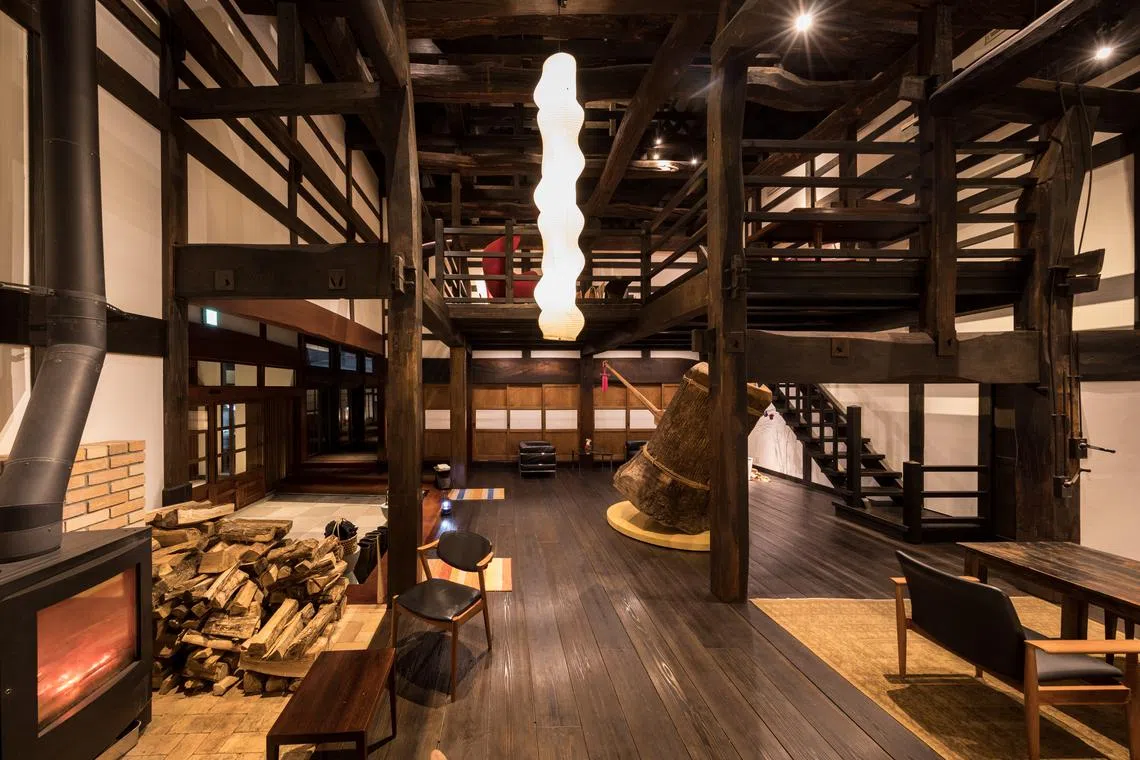
Step inside the lobby and restaurant, and you’ll find yourself in the original house, complete with dim lighting and solid wooden beams and rafters, as well as a cosy fireplace. The first thing to get your attention is a giant hammer sculpted from an entire tree trunk right in the middle of the reception area.
It’s perched at a precarious angle above a tiny wooden figurine that’s “magically” holding it up – a daikokuten, or god of prosperity. Created by Ryuichi Ohira, it is just one of the many works by Japanese artists that can be found throughout the property.
The rooms are housed in a modern annex, filled with cool lighting and clean accents. For Danish furniture enthusiasts, head for the chic library, which has collectible chairs from the likes of Arne Jacobsen artfully strewn around the cosy nook.

We’re assigned to a maisonette, done up like a cypress wood cabin, with even the stairs made of solid planks. An outdoor terrace with an open-air bath looks out to piles of pristine snow, and an awe-inspiring view of Mount Makihata – an almost credible alternative to Mount Fuji.
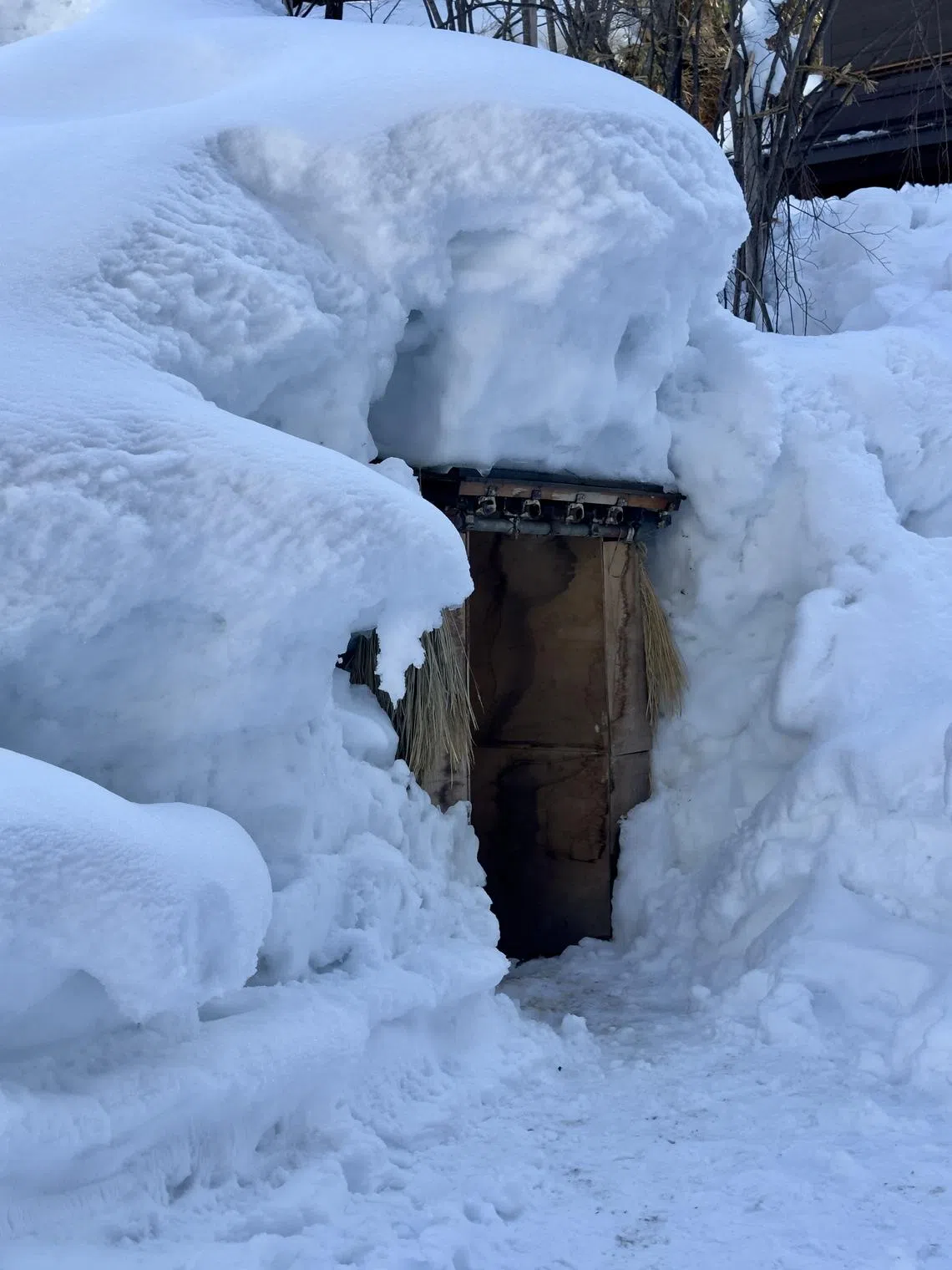
The scenery is about the only thing you can watch because the room has no television, in line with Satoyama Jujo’s holistic, back-to-nature, slow-living ethos. You’re encouraged instead to explore the surroundings.
The idea of fun here is walking in the snow with a map that has been left in the room with drawings of animal footprints, so you can identify the tracks of deer, wild boars and bears. There are no instructions on what to do if you see an actual bear, though.
The soul of Sanaburi
If Satoyama Jujo is Iwasa’s answer to holistic living – he’s since opened several other properties in Hakone, Shiga and Matsumoto – its Michelin-starred restaurant Sanaburi is chef Keiko Kuwakino’s mission in life.
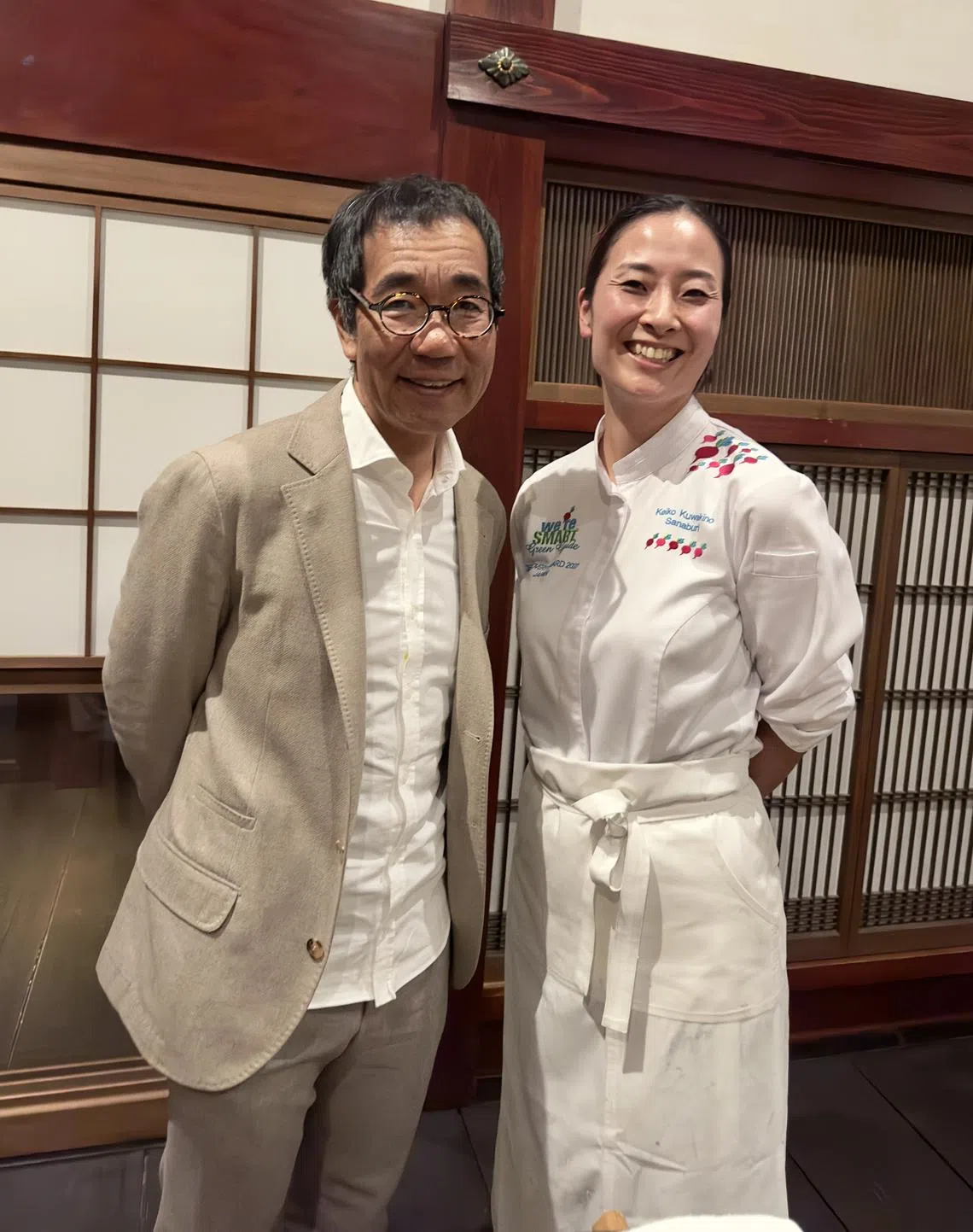
The food is a loving tribute to the local mountain culture, a window to the Jomon era when people foraged and survived on whatever nature provided in this harsh snowy region.
Kuwakino harvests mountain vegetables and preserves or ferments them, her pantry a bewildering storehouse filled with bottles of pickles, fermented miso and other sauces. Sometimes, she serves wild boar brought in by hunters. There’s even a maple tree from which she extracts sap to make syrup, and local honey from nearby bee farms.

With her expertise in fermentation and her reputation as the best female vegetable chef on earth – as voted by green restaurant guide We’re Smart World – Kuwakino has come a long way since she arrived in Satoyama Jujo 12 years ago as a yoga instructor and would-be chef.
A former vegan who travelled through India learning to cook Ayurvedic cuisine, Kuwakino also spent time in Australia before returning to Japan. She admits that her initial reaction to Uonuma was to get out of there, fast.
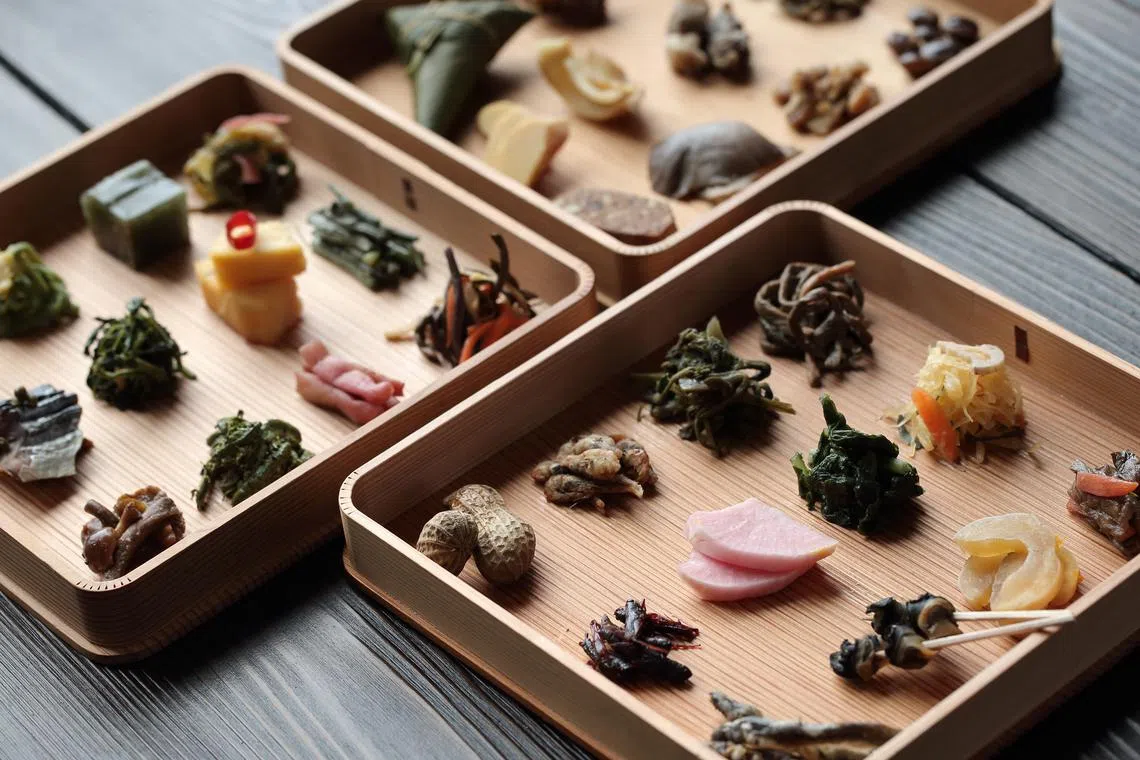
“I didn’t like snow, and I thought it was a poor country,” she says as she takes us on a hike in the snow to her favourite scenic spot, where we stop to admire an unfettered view of the mountains. “I came from Australia, where there were farmers’ markets every day. But I came here and there was nothing,” she recalls with a laugh. “I could barely find a daikon, or a carrot.”
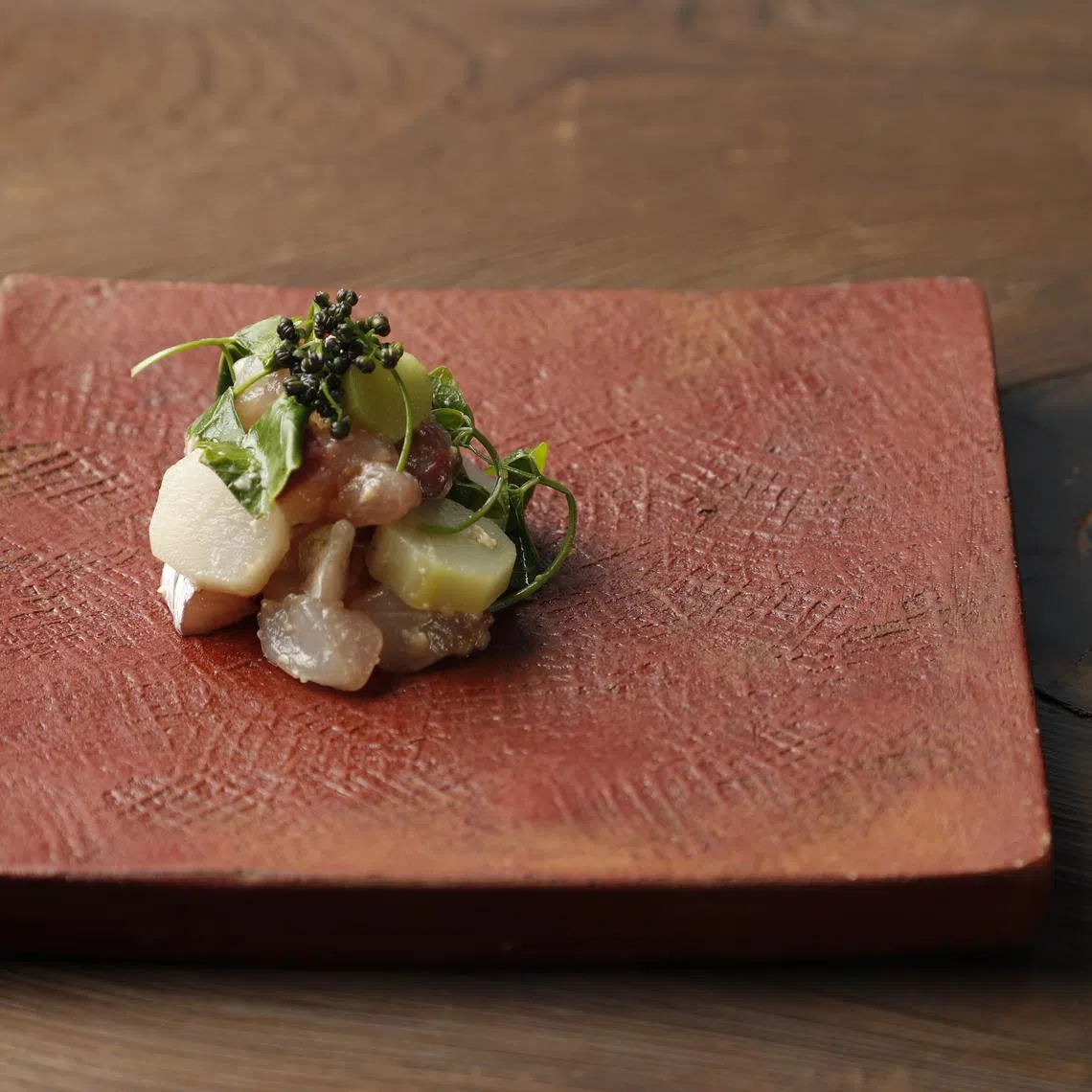
But mingling with the locals and cooking with them changed her mind. Among them was her mentor – a taxi driver and veteran forager – who showed her what the mountains could provide, and taught her all about preservation and tradition.
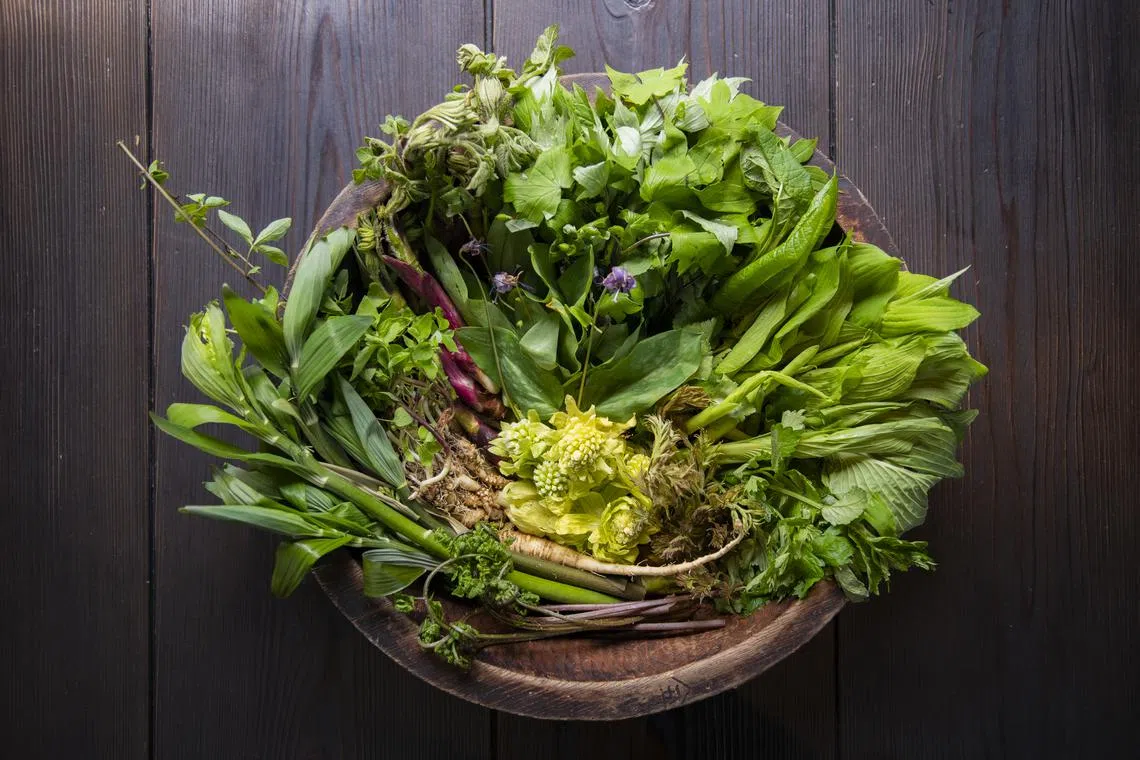
“My cuisine is snow mountain cuisine,” says Kuwakino, a fluent English speaker. “It’s different from other parts of Niigata because of the harsh terrain here. Fermentation is key not because it’s trendy, but because it’s how the ancient Jomon people survived during the winter.”
Mountain vegetables are central to her cuisine. While diners are familiar with the slightly bitter early spring shoots, here, the variety is wider and they can be eaten for a much longer time. They’re delicious even in May, when the flavours are stronger, says Kuwakino.
“Being under the snow helps them to maintain their moisture,” she explains. “We can also get fresh berry sprouts of udo (mountain asparagus) in the morning and serve them at night. They’re so tasty and fresh. You can’t have them anywhere else because they can’t travel.”

And that explains the appeal of Sanaburi’s cuisine, which is nothing like what you’ve tasted anywhere else. Depending on the menu, you might start off with a hot vegetable tea, followed by super-sweet sweet potato served with a creamy nut cheese.
Snow carrots and watercress are tossed in a salad with strips of kawahagi fish, rice and baby fish; rice and baby potatoes are served with preserved vegetables; and a comforting chawanmushi is packed with abalone, crabmeat, monkfish liver and potatoes with the texture of mochi.
Modern transportation means that ingredients can be brought in from anywhere, so not many locals forage in the mountains now “because it’s so difficult to pick, wash, and so on”. But Kuwakino is determined to keep the practice alive, because of what it represents – for her, and for Satoyama Jujo as well.
“People think it’s hard to survive with so much snow, but actually it’s snow that helped them a lot, providing them with mountain vegetables. It’s about what nature gives us, respecting it and protecting it.”
Decoding Asia newsletter: your guide to navigating Asia in a new global order. Sign up here to get Decoding Asia newsletter. Delivered to your inbox. Free.
Copyright SPH Media. All rights reserved.










